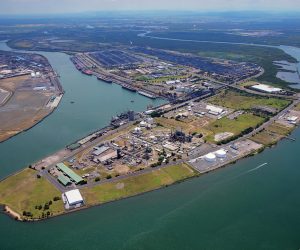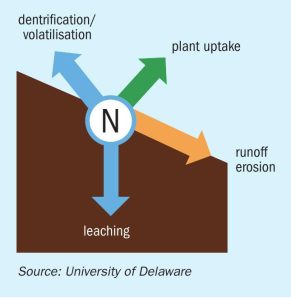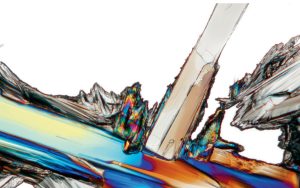
The future of the European nitrogen industry
Expensive feedstock, overseas competition and tightening environmental regulations all pose potential threats to Europe’s nitrogen industry.

Expensive feedstock, overseas competition and tightening environmental regulations all pose potential threats to Europe’s nitrogen industry.

A complete list of all articles and news items appearing in Nitrogen+Syngas magazine during 2024.

Demand for nitrates has rebounded after a difficult period following the dislocations caused by the war in Ukraine, with UAN in particular seeing rapid growth. Technical ammonium nitrate is also growing on the back of increased mining activity.

The fertilizer market is full of contradictions and caveats. What applies to some markets is irrelevant to others, seasonality trends can be thrown off track by a single tender or government decision, and we remain at the often shaky intersection of food, energy and mining market fundamentals.

Addressing the ‘leaky’ nature of nitrogen fertilizers is a longstanding priority for growers, fertilizer producers and retailers alike. Dr Karl Wyant, Nutrien’s Director of Agronomy, examines the valuable role enhanced efficiency fertilizers (EEFs) can play in improving nitrogen use efficiency.

Specialty fertilizer products represent a small volume, high value segment of the overall fertilizer market that’s been growing at around four percent per annum in recent years. Economic, environmental, regulatory and agronomic imperatives are driving up their adoption – and an overall shift from volume to value in the fertilizer market.

Applying dissolved fertilizers via micro-irrigation systems or leaf sprayers offers commercial fruit and vegetable growers clear-cut gains – in terms of input costs, nutrient use efficiency, labour, time and energy.

Conventional fertilizers can be transformed into enhanced efficiency fertilizers (EEFs) using coating agents and inhibitors. Greater use of EEFs, by preventing nutrient losses and avoiding excess nutrient supply, can help global agriculture become more sustainable, as Urvi Mathur of Neelam Aqua explains.

Yield, quality and profitability are the primary focus for the modern potato grower. But these objectives need to be balanced against the need to reduce the environmental impacts that result from cultivating the world’s fourth-biggest food crop. Fertilizer International talks to David Marks of Levity Crop Science about how its unique approach to product development is helping farmers adopt more sustainable agricultural practices.

The delivery of nitrogen in nitrate form can deliver superior yields and quality in arable, fruit and vegetable crops. Because of this, production and consumption of the principal nitrate fertilizers – ammonium nitrate (AN), calcium ammonium nitrate (CAN), urea ammonium nitrate (UAN), potassium nitrate (NOP) and calcium nitrate (CN) – continue to grow.